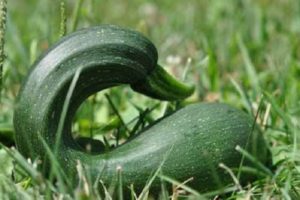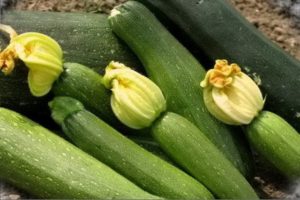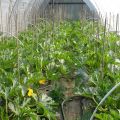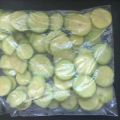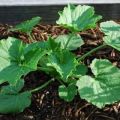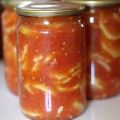How to feed and fertilize zucchini during flowering and fruiting to accelerate ripening
Everyone knows about the benefits of zucchini for the human body. To grow a vegetable in the garden and get a rich harvest, you must adhere to the rules of agricultural technology. They indicate how to feed the zucchini during flowering and fruiting, so that the fruits acquire a good taste.
Vegetable culture needs nourishment organic and mineral fertilizers.

Basic dressing for vegetable marrow
Zucchini is considered unpretentious to care for, but quite demanding on the quality of the soil. You need to plant plants in pre-fertilized soil. For this, it is best to use organic products - manure or humus.
The type of fertilizer depends on the condition of the soil. If the soil is sufficiently loose and light, then manure is introduced into it, and the dense and heavy earth is diluted with humus and sand. When young plants are already in the beds, and not in boxes in the form of seedlings, you need to feed them correctly and in a timely manner.
Feeding zucchini takes place in several stages. The first fertilizer is applied at the seedling stage. For these purposes, a water-soluble complex mineral preparation is used. The tool is prepared in advance and young seedlings are watered with it once a week. This will stimulate the growth of shoots and properly form the root system.

The preparation contains such trace elements as nitrogen, potassium, phosphorus, iron, copper, arginine, tryptophan and phytohormones. You can fertilize the seedlings with a solution until they are planted on open beds.
The second time the culture is fed at the stage of inflorescence formation. Often at this stage, gardeners use a yeast mixture. It enriches the soil with nutrients and vitamins.
Yeast contains vitamins of group B, E and H. They also contain compounds of copper, iron, calcium and phosphorus. Yeast top dressing is prepared in the following way: 200 g of fresh yeast is dissolved in 1 liter of water and another 10 liters of warm water is added. Any vegetable crop can be watered with this solution. Some gardeners also add wood ash to the mixture. For 10 liters of water, 0.5 kg of dry matter is enough.

Yeast-based top dressing should be applied carefully, trying not to get on foliage and flowers. Vegetables grow after such fertilization quite actively. But this method also has its drawbacks - the conservation of zucchini fed with yeast does not always come out of high quality. To overdo it with this type of feeding is definitely not worth it. It is enough to add it once during the period of flower formation.
The third time feeding is performed during the main flowering period.You can use organic fertilizers or complex mineral products designed for squash, melon and watermelon.
Sometimes medications are used for these purposes. In particular, it is fertilized with the help of ammonia and ammonia; ammonia can be used to fertilize not only vegetable, but also flower crops. The ammonia is diluted in water in the following proportion: 50 ml of alcohol per 5 liters of water.
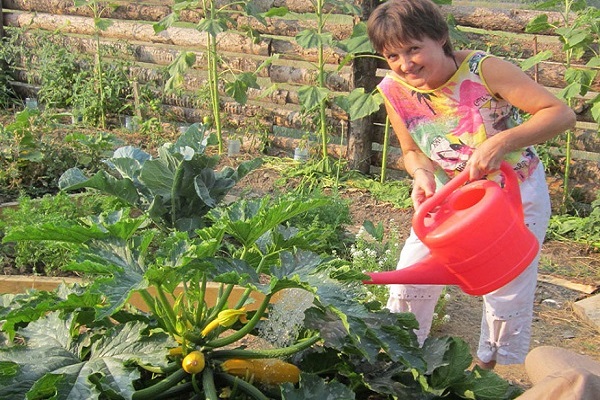
Some growers prefer to use a weaker ammonia solution. It is prepared from 10 liters of water and 1 tbsp. l. ammonia. The principle of using the product is that this drug is a nitrogen compound, it is easily processed by plants without attracting bacteria. Typical signs that zucchini lack nitrogen are the following indicators:
- The yellowed leaves of the lower row.
- The greens are small and deformed.
- Stems and leaves become brittle and brittle.
- A large amount of greenery in the absence of inflorescences.
- The defeat of the bushes by fungi.
- Few fruits. Withering of zucchini and the appearance of yellow spots on them.
- The foliage turns yellow and curls around the edges.

The ammonia solution promotes the active growth of the planting material. When used, seed germination increases and accelerates, and the formation of the root system takes place without disturbances.
Boric acid treatment is carried out already on grown seedlings. The drug accelerates the production and processing of nitrogenous substances by plants, increases the synthesis of chlorophyll in greenery. Boric acid improves the taste of the fruit. The amount of sugar in them increases, the level of amino acids and vitamins rises.
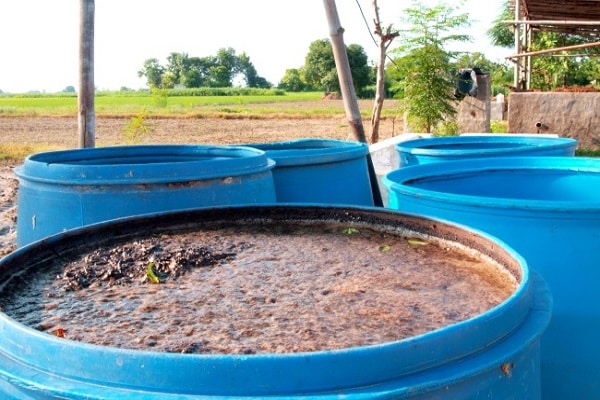
Thanks to feeding with boric alcohol, the bushes grow well. They form a large number of ovaries and strengthen the root system. The plant has increased immunity to various fungi and pests.
There is a wide variety of fertilizers that can and should be used in vegetable marrow farming. The culture reacts well to nitrogenous and potassium substances. The plants fertilized by them give a rich and high-quality harvest. The main thing is to correctly and timely make preparations. An oversupply of fertilizer can lead to the opposite effect. An increase in top dressing provokes active foliage growth and a complete lack of fruit.

How to feed zucchini after planting in the ground?
After planting seedlings in the beds, you need to properly organize care for it. First of all, it is competent watering, which has its own specifics. And no less important is the feeding of zucchini in the open field. It also has several stages.
The first application of fertilizers occurs 7-10 days after planting the seedlings. By this time, the roots of the seedlings will adapt to the soil and begin to actively absorb nutrients from the soil.
It is better to use complex fertilizers. During this period, a young plant needs additional nutrition and a set of nutrients. At this stage, using inorganic feedings is the safest.
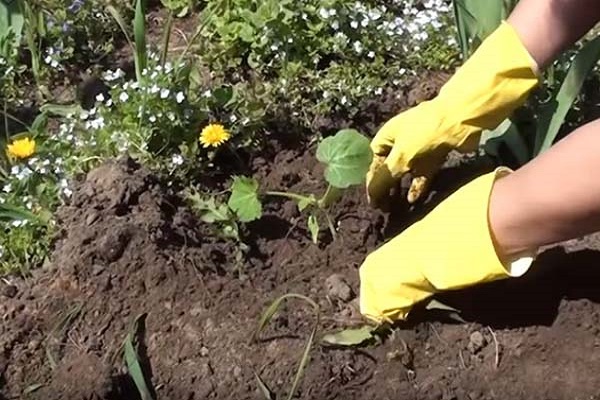
With the appearance of inflorescences on the bushes, you can perform a second feeding. Most often organic substances or folk methods are used here. Natural, organic preparations are most effective in complementary plant nutrition. These include: humus or compost, manure, chicken droppings, wood ash, peat, silt, sawdust and bark, green manure.
Depending on the terrain and soil condition, gardeners select the type of organic fertilizers. Most often, wood ash is used for squash. It enriches the soil with nutrients such as potassium, boron, magnesium, iron, silicon, sulfur, manganese and calcium. Ash can be obtained in the process of burning various wood, but even here you have to apply basic skills and knowledge.
So, the ash left over from the combustion of young branches contains a large amount of potassium. Mainly calcium remains from old branches. Ash from various grasses, foliage and plant roots is rich in potassium and iron.
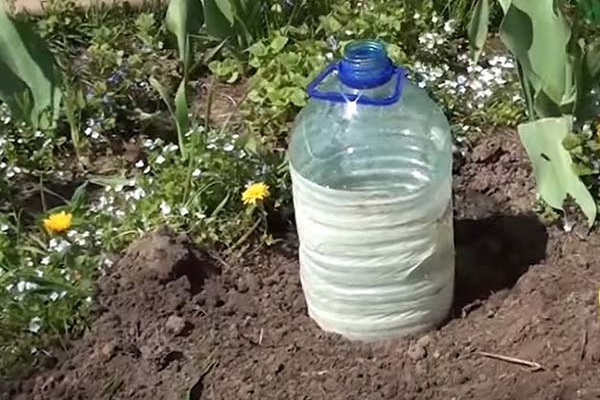
The gardener should know that it is strictly forbidden to use ash from burning household waste.
Ash is brought into the soil at the rate of 4-5 kg per 10 m². You can prepare a solution of wood ash, which is watered or sprayed with zucchini bushes. For this, 2 tbsp. l. the ash is dissolved in 1 liter of hot water, mixed well and allowed to cool to room temperature.
After planting, young seedlings always need mineral enrichment and additional nutrition, as they undergo a period of adaptation to a new place.
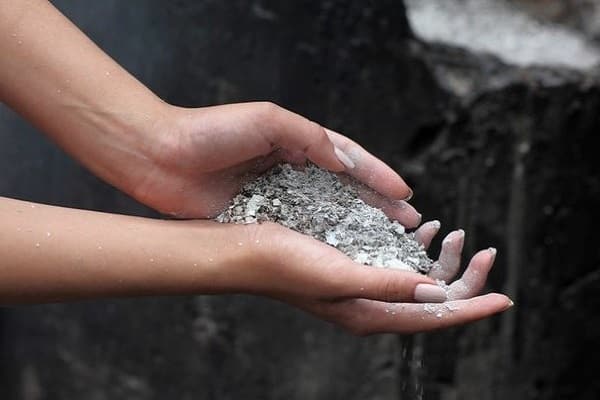
How to feed zucchini during flowering?
During the flowering period, it is important to choose the right fertilizer for the squash. Experienced vegetable growers advise using only organic additives, but often combined fertilization is more effective.
For example, a solution of wood ash can be used together with superphosphate. The ash solution is prepared from 2 tbsp. l. ash and 5 liters of warm water. Add 1-2 tbsp. l. phosphate and mix well.
Foliar feeding of zucchini is popular among gardeners. It consists in watering with a nutrient solution around the beds and spraying the plants themselves. The solution is prepared from 0.5 l of mullein and 1 l of Nitroammofoska.
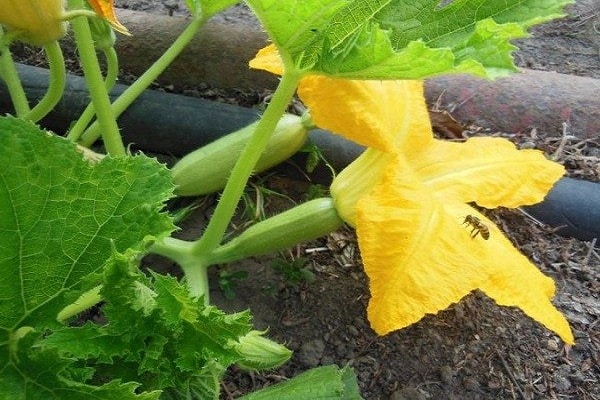
The most popular top dressing among gardeners is Nitroammofoska. It contains 3 main components: nitrogen, potassium and phosphorus. For irrigation around the beds, you can also use boric acid with the addition of bird droppings.
The use of manure during the flowering period of plants is quite effective, but here it is important to adhere to safety rules. The fact is that manure, falling on foliage or flowers, can lead to burns on the plant. It is recommended to dilute it with water and apply gently under the root, trying not to hurt the stems and greens of the bush.
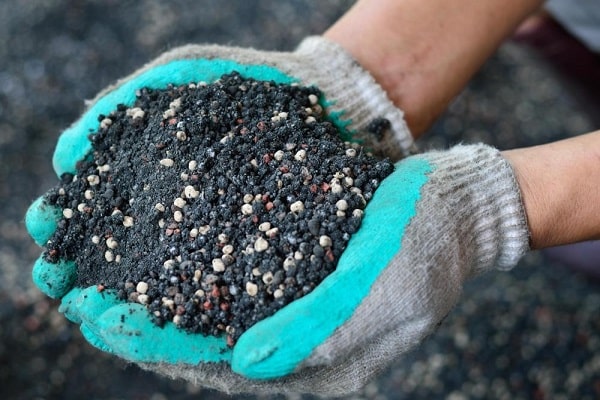
How to feed zucchini during fruiting?
Fertilizing zucchini during the period of fruit ripening should be carried out only with safe or organic substances. Vegetables at this stage actively absorb all trace elements and minerals, which have a direct impact on their taste and quality.
During the fruiting period, it is best to use substances such as:

- superphosphate;
- potash preparations;
- urea.
From organic matter, wood ash, bird droppings and compost are well suited for feeding zucchini.
It is imperative to enrich the soil, since the plant spends a lot of energy during this period. So that the bush does not fade, but gives a rich harvest, it is necessary to provide the zucchini with the introduction of the necessary minerals.
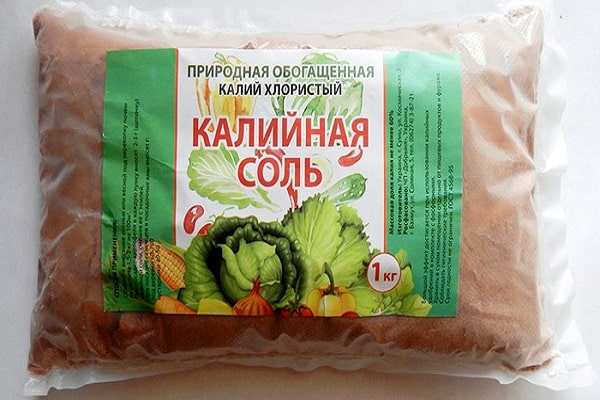
How to feed zucchini for growth additionally?
To increase the growth of a vegetable crop, ready-made solutions are most often used, which serve as plant growth stimulators. These drugs can be purchased at specialized stores.
Boric acid or urea is popular for the growth of zucchini, the use of boric acid in conjunction with iodine also gives excellent results. Plants respond well to this type of nutrition and increase their growth.
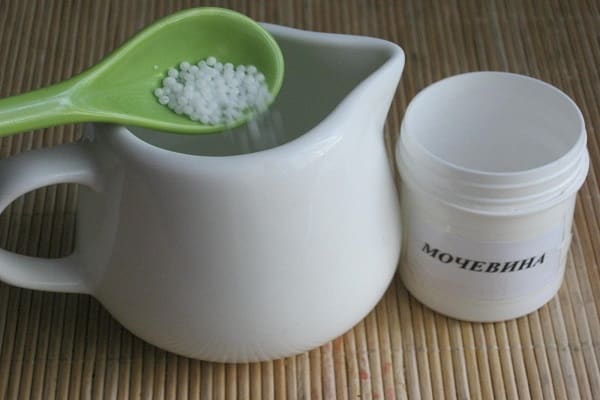
You can prepare a solution in the following proportions: take 0.5 tsp for 10 liters of warm water. boric acid and add 10 drops of iodine. All are mixed. Allow the liquid to cool to room temperature.
Iodine acts as a kind of antiseptic. For prevention, iodine spraying is carried out several times during the growing season. This will avoid the appearance of fungi and harmful insects.
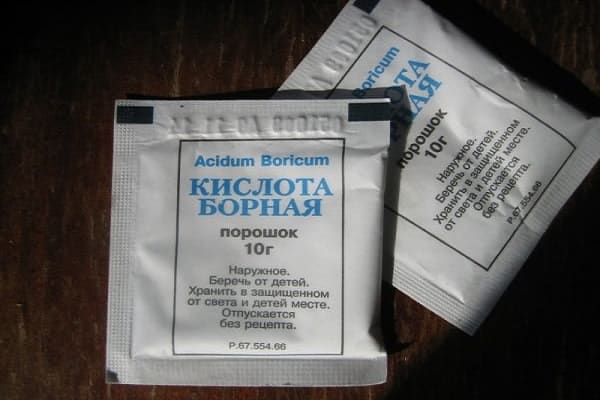
Iodine is mixed with milk. The effect of this solution lasts a long time. Plants gain immunity from infections and pests.
When zucchini is fed, they help the plant to develop from a small seed into a large and fertile bush, whose vegetables will contain nutrients and vitamins.

